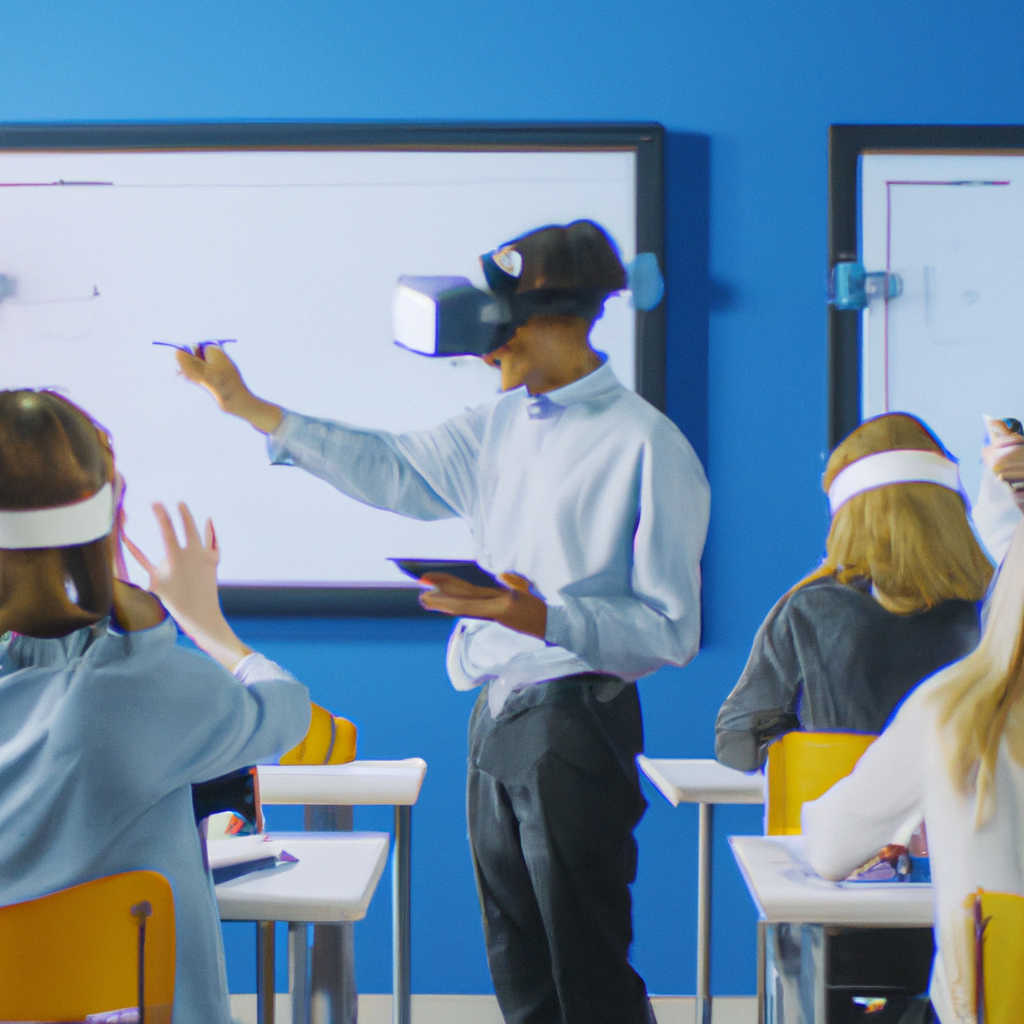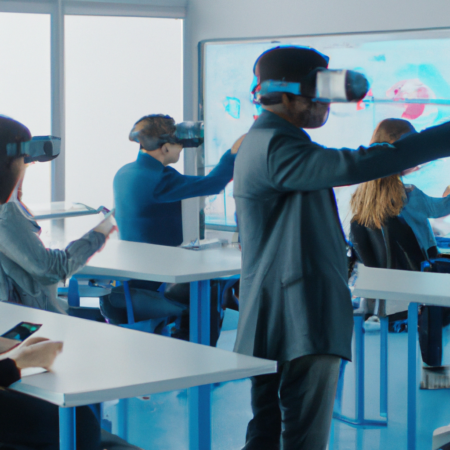Revolutionizing Learning: How Technology Transforms Education
In the modern age, technology has become a pivotal component of educational landscapes, profoundly altering how information is conveyed and absorbed. The integration of digital tools has not only enhanced educational methodologies but also expanded the horizons for educators and students alike.
The advent of e-learning platforms and virtual classrooms has democratized access to quality education, breaking geographical and socio-economic barriers. Technologies such as AI and VR are not just supplementary tools but are becoming central to the educational experience, providing immersive and interactive learning environments that were previously unimaginable.
This post explores the significant impact of technology on education, offering insights into how digital tools are reshaping teaching practices and learning experiences.
Digital Platforms and Access to Education
Online learning platforms like Coursera, Udemy, and Khan Academy have made it possible for anyone with internet access to learn anything from quantum physics to digital marketing. These platforms offer courses designed by experts from prestigious institutions, making high-quality education accessible to a global audience.
Interactive and Immersive Learning with VR/AR
Virtual Reality (VR) and Augmented Reality (AR) are redefining educational boundaries. Schools and universities are increasingly adopting these technologies to create lifelike simulations and interactive environments that enhance learning through practical experience.
AI in Education
Artificial Intelligence (AI) is another transformative force in education. AI-powered educational tools can personalize learning experiences, adapt to student needs, and provide real-time feedback. This not only helps in identifying learning gaps but also enhances student engagement and retention.
The Future of Education
As technology continues to evolve, its integration into education systems around the world is expected to deepen. This could lead to more collaborative and customized learning solutions that focus on individual learning styles and needs.
In conclusion, technology is not just a tool but an essential pillar that is reshaping the educational landscape, making learning more accessible, engaging, and effective. As we move forward, it will be crucial to monitor these changes and continuously adapt educational practices to ensure they meet the needs of future generations.






